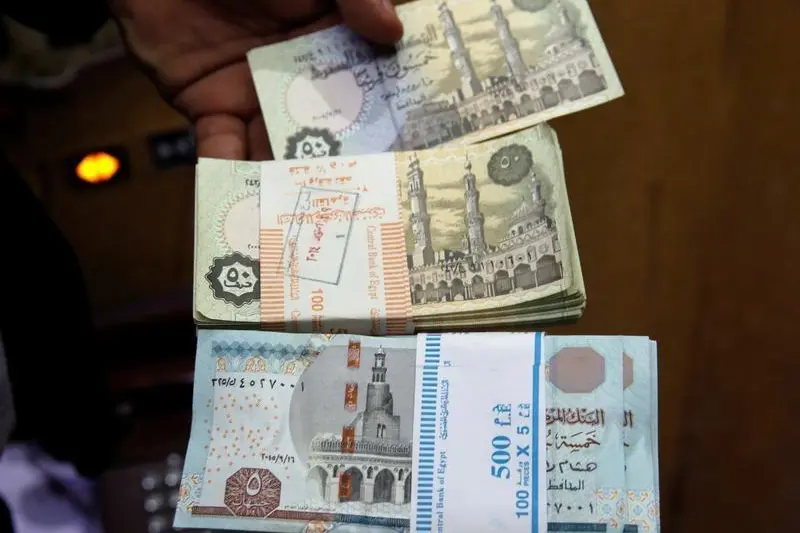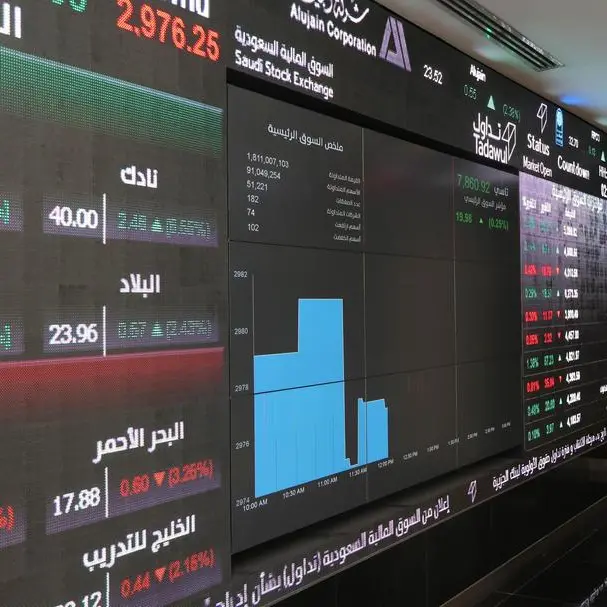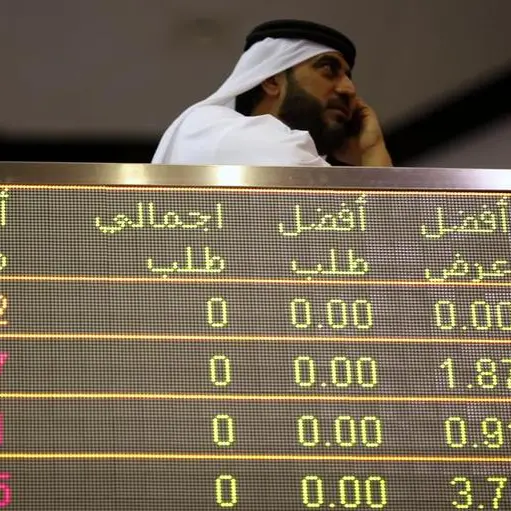PHOTO
The European Investment Bank was the first international financial institution to issue green bonds in 2007. Ten years later, more than EUR 18 billion have been issued, and proceeds helped finance 160 renewable energy and energy efficiency projects all over the world.
In 2019, emerging markets saw $52 billion green bond issuances, compared to $43 billion a year earlier, according to a report by International Finance Corporation (IFC), WB’s private-sector arm.
Including developed and emerging markets, issuance of green bonds constituted marginally over 3% of total global bonds issued in 2019
Both public and private institutions in Egypt are gearing up to follow suit and issue such type of fixed-income instrument, mainly to provide financial tools to fund climate and environmental developments.
A government plan in progress
Locally, green bonds were first given the green light in mid-2018, when Egypt’s Financial Regulatory Authority (FRA) approved the legal framework for issuing such bonds, aiming to raise money for eco-friendly projects such as these of new and renewable energy, construction, and transport.
The guidelines were set with the support of the International Finance Corporation (IFC), WB’s private-sector arm, and are based on the International Capital Market Association’s Green Bond Principles.
Two years later in last January, local press reported that the Finance Ministry has set up a green bonds committee for issuance. Minister Mohamed Maait explained that these bonds will likely take the lead in the government’s debt sales for the remainder of the fiscal year.
During the same month, the Financial Regulatory Authority (FRA) announced that it is in the process of setting up a “green projects taxonomy” that defines three types of green projects: low carbon emissions, climate change adaptation and mitigation, and the protection of biological diversity.
The ministry later announced in a February statement that Egypt started to take steps to make its first sovereign green bond issue in the MENA region.
The ministry has chosen back then Credit Agricole, Citibank, Deutsche Bank, and HSBC - out of 17 offers submitted for the job- to market the issue.
Credit Agricole and HSBC were also hired as “structural advisors,” and they have the additional responsibility of preparing a prospectus for the offering.
Shortly after, the FRA prepared in late June a preliminary list of international environmental observers to verify the green project criteria and establish a register of local environmental monitors, while exempting issuers from 50% of fees.
In July, Bloomberg quoted Mohamed Hegazy, head of the Finance Ministry’s debt management unit, as saying, “Egypt is in an advanced stage of issuing a $500 million green bond.”
This “small issuance” is mainly to measure both the markets’ appetite, investors demand, and the interest rates they would be pursuing, Assistant Finance Minister for Debt Khaled Abdel Rahman told local press in the same month.
The transaction should attract Asian investors due to lower interest rates, the ministry’s official noted, if only because of the interest rate differential.
However, there are some pending challenges. The ministry’s official noted that interest rates may be low, but the procedures of marketing bonds in Asia are more complicated.
He explained that Egypt would have to pay higher insurance fees for the companies that would cover the offering.
Not only that, but the Asian markets also do not usually depend on rating agencies, namely S&P, Moody’s, and Fitch, to evaluate bonds, which means that Egyptian bonds will have to be assessed through Asian agencies, which could lengthen procedures.
Private sector
The private sector is also underway for the issuance of green bonds to diversify funding sources and finance projects at a lower interest rate compared to other means of funding.
In emerging markets, 59% of green bond issuances are from financial institutions, based on a 2019 report by IFC.
Commercial International Bank - Egypt (CIB) is moving toward offering Egypt’s first green bonds. In September, Heba Abdellatif, head of debt capital markets at CIB, reportedly said that the bank has been working in collaboration with the IFC to issue Egypt’s first green bonds offering through a private placement, which will see the IFC invested $65 million in the first tranche of the five-year bonds.
This might be followed by another tranche, in which IFC will pump $100 million.
The two parties are planning to finalize the issuance by the third quarter of 2020. The issuance’s proceeds are planned to finance some of CIB’s projects, which are not specified yet.
The IFC will help the bank build its expertise in “climate finance eligibility criteria, greenhouse gas emission savings calculation, green bond reporting, and green building financing,” according to a local press.
Not only that, but several other multilateral institutions have also been in talks with the CIB for similar investments, Abdellatif said in the same statement, without disclosing further details.
What’s it in for the country?
The country has been seeking to issue this specific kind of bonds for a couple of reasons. The ministry highlighted in a February statement that the green bonds will help Egypt expand its investor base in the Egyptian market, and encouraging clean investments in the region, and providing sustainable financing for environmentally friendly projects.
Maait also told a local news provider in July that another reason why the ministry is interested in green bonds is lower interest rates compared to the traditional Eurobonds issuances, while diversifying debt resources to hedge against potential market volatility
Moving forward, green bonds are expected to pave the way for other types of issuances.
Government officials highlighted that Egypt is today looking at its first issuance of infrastructure bonds in fiscal year 2020/2021, which was scheduled to take place in the second half of 2019/2020.
All in all, green bonds are beneficial for both issuers and investors. For issuers, they help develop a corporate branding that sends a strong signal to the market on their commitment to climate change, while attracting new investors and tapping a wider investor base, according to a 2018 report by IFC.
Furthermore, green bonds offer institutional investors long-term maturities, and relatively predictable returns for their risk exposure, the report highlighted. Additionally, they enable investors to direct financial flows to specific projects and assets earmarked as green.
Copyright © 2020 Arab Finance Brokerage Company All rights reserved. Provided by SyndiGate Media Inc. (Syndigate.info).












